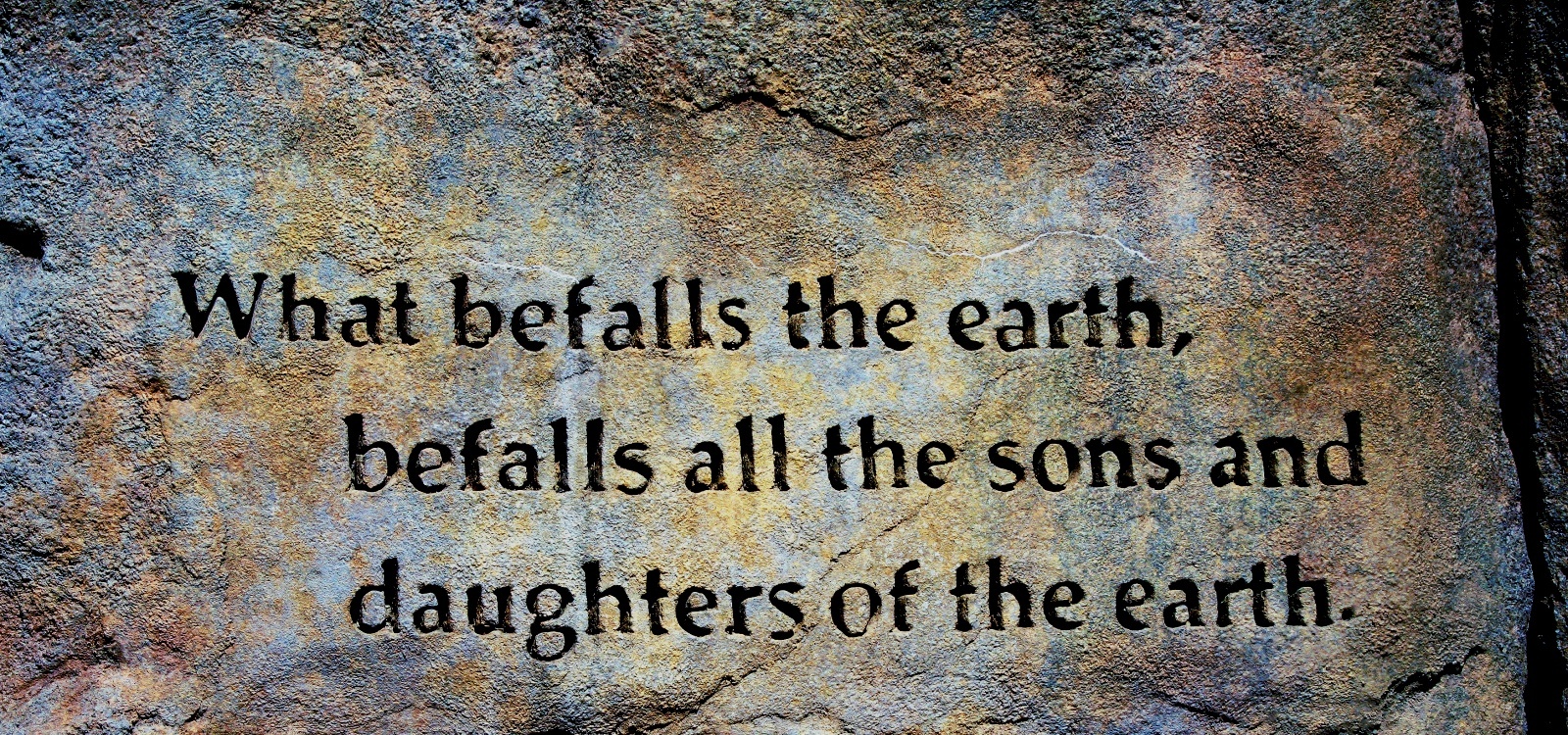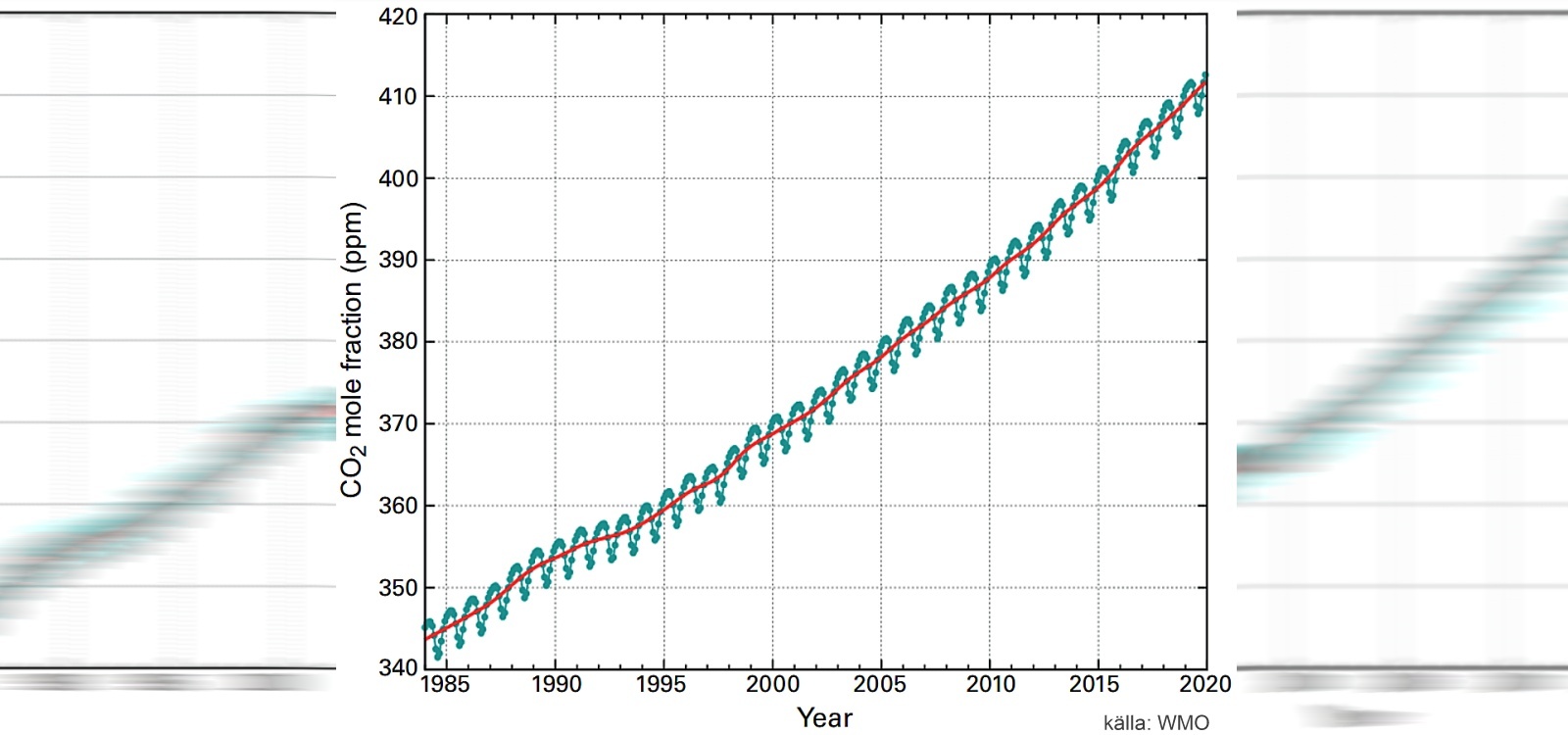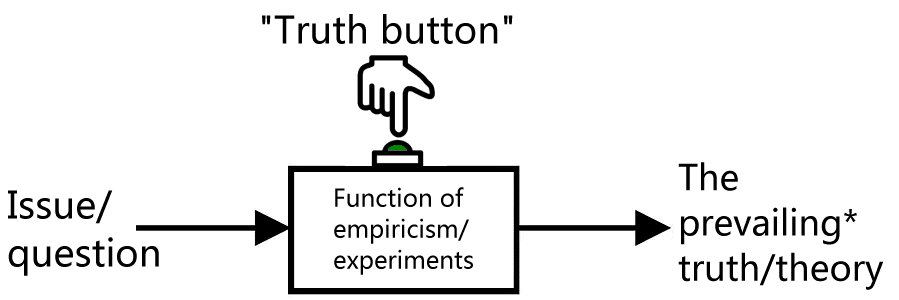We clearly realize that there is a
proportion of both adults and children who suffer from low self-esteem and who actually need help
and not to be associated with being
indecent by society. That is however not the only problem with the
reasoning above and the ideas described:
One, having an inferiority complex that is relieved by external affirmation is a clinical diagnosis that many have and
it is absolutely not our intention to expose such a diagnosis as something negative and malicious
per-se. It is
the connection to an indecent and, not infrequently, criminal compensatory affirmation behavior due to the inferiority
complex that we want to illuminate and eliminate.
Two, the obvious fact that we are re-discovering the wheel both when we identify the problem that we have affirmation-seeking
individuals in our society who cause problems for us but also the realization that these individuals would clearly not
like to be described as affirmation-seeking.
And three, there are a number of areas beyond those listed above where the described solution is not quite so simple.
How do you, for example, link reckless exploitation of natural resources or perhaps deforestation of the rainforest to
something negative that the person doing this does not want to be associated with? Or how do you act against the enormous
'click-bait industry' whose sole purpose is to spread conspiracy theories and lies to create distrust and polarization in
society in general and methods such as science specifically?
For one, we already answer in the statement and numbers two and three we would like to elaborate and make the final words
in our PROPAGENDA.
We realize that we have hardly stumbled upon completely new incentives for either how our society works and why we
have major problems or novel ways to counteract the effects of having half of our humanity that
actively risks putting an end to that same humanity.
Making it clear from early school age that people act indecent, why people act indecent and why this is potentially
harmful to society and suggesting counter measures, is of course not a new or revolutionary idea.
But we have to start somewhere and we therefore believe that the threat to
our humanity from the indecent is so serious that it justifies why we must both realize that it indicates that it is an
innate functional variation and that decency must begin to be included as a cornerstone of our school system.
It must be
globally recognized and accepted that indecent behavior is not accepted.
Moreover, we have already devoted an entire section to this topic, but in short, the only reason we still have objective and
relevant news portals is because we have 2, but soon only 1, generations that grew up with completely different
information platforms and thus know which portals or channels to rely on for objective facts.
(speaking in general for the Swedish media landscape which differ from other western countries but the point can be made still)
We have also made the observation that the amount of information and 'facts' you are fed today is extremely much
larger than before and the only reason that a reasonably correct worldview still exists among the younger generation
is because there are these 2, soon to be 1, generation(s) that function as frameworks and walls around the younger
generation's thoughts.
We, the editorial team's own experiences, are thus increasingly faced with our children's questions that begin with
"
- Is it true that...?"
Although this was not the intention, Kellyanne Conway's response to an interview question was that there are
"Alternative facts" a vastly greater truth than in the sense she intended. In many ways, quite the opposite.
She saw it as a way out and a reasonable answer to a question she knew she couldn't answer truthfully. But it
is also just as much completely true, we have an immense amount of 'alternative facts' that we are all bombarded with
daily.
Oxford Dictionaries, as mentioned in a previous section, already chose the 'word of the year' for the "Post-truth era"
in 2015. essentiell.org believes that this situation is much more dangerous than it may seem. We actually live in a world
"beyond the truth". In a world where truth is no longer
the truth but can be fully justified substituted for an alternative
truth, often also filtered through a personal "common sense".
This scenario is as frightening as it is insane, and we therefore believe that we must start reacting to this because
everything can be justified when there is no template for truth, and even if there is, we have a growing proportion of the global
population who do not know how to find it.
As it is now, the destruction of a rainforest can be justified by the fact that the consequences of such destruction
are simply "fake news".
A country can invade another country and justify it by saying that it is ruled by "neo-Nazis" and is a legitimate historical
and demographic part of the invading country, and all obvious facts that claim the opposite* are swept away by the simple
"It is fake news!".
A president can lose an election in an otherwise law-abiding Western country and claim that the loss was the effect of
election fraud. The response to information that could show that this was not the case, after serious investigative
journalistic work, is swept away with the same easily accessible "It is fake news!" and immediately gets half the
country's population into the same mindset.
* Since there is hardly any doubt which parties are referred to here, we should not claim
that the regime in the embattled country is a child of God. The leader has both expressed support for Donald Trump plus
the country in general but authorities in particular show major problems with corruption internationally (ranked 122 out
of 180 on Transparency International's CORRUPTION PERCEPTIONS INDEX
list
of the world's most corrupt countries)
A sentence that takes 1 second to say, "It's fake-news!" eradicates the entire value base of man in a fundamental
way. You create a narrative that is in line with your own or an ideology's worldview and they are just as true as anyone
else's. The result of that is a completely lawless society and not only or mostly lawless in any legal sense but a society
that erases the entire basis of human values in a fundamental way. And of course the bar is also generally lowered in
society when it is so easy to justify a conclusion that is so changeable and completely modifiable with respect to the
goal.
In a previous version of the site, we had a formulation here like this: "soon we will be in a situation where the entire
value base we considered to be in danger will also be cemented in a state system where school curricula are simply
rewritten to suit and benefit a regime to achieve a goal." There we are now. A country ruled by indecent people has done
exactly this. References
here
and
here.
We must therefore, in the countries we can and still have the opportunity, put an end to "alternative facts". We are
really afraid of what the lack of a common and accepted truth will do to our society, and please read
civilization,
because that is of course one of essentiell.org's core issues and purpose of connecting this with the term
L
in the Drake equation.
What do we do then with the indecent behaviors that are difficult to draw parallels to "ridiculousness"? And how do we get rid
of indecent people who create their own truth from alternative facts to achieve goals or justify their indecent behavior?
- troll factories must be hunted down and closed down*.
- Polarizing, xenophobic forums, blogs and podcasts online publishing objectively false information must be are
being hunted down and closed.*
- harsh censorship and 'punishment' for false information flows. There must be some form of derogatory attribute
on someone who, like a 7-year-old, can't keep his fingers in check and click that 'share button'. If anything can
work, maybe it's...
- The incredibly strong ability of search algorithms to create information bubbles must be removed. Advertising and
'click-bait' in search engines must not be the purpose of the algorithms, but simply what it should be: The best (true)
match
- free 'subscriptions' or similar for objective, truthful media (while we still have some), for students from 1st
grade onwards
- In school: Mandatory lessons from 1st grade on what is true and false regarding current important news events and
issues. Also source references to serious sites with a decent agenda.
- In school: What is science? That science is actually a methodology that is not necessarily objectively 'True'
but still the method that results in a theory that currently best describes the reality we live in.
- In this polarized world we need a joint or common institution that presents facts. A UN funded platform
that is simply setting the template for an objective truth.**
- ...essentiell.org would be happy to come to your school and lecture about this
* Since we are on the brink of a possible welfare collapse as a result of both Global Warming and troll factories
instigating local and perhaps global conflicts, we may need to review constitutional obstacles to quickly imploding
this type of activity.
** To put an end to false information, 'alternative facts', troll factories and conspiracy theories, a globally
independent body (preferably UN-funded and -based) must exist that can be recognized by all camps as a guarantor
of objective truth. As soon as a platform, vlog or other (social) media that gains ground presents false information,
it is challenged directly within its own forum to its own audience and shown to them, on their own terms, how and
why the information is not true. This institution must be so globally recognized and accepted that a denial of its
authority or a refusal to interact with it is taken as an admission that one is spreading falsehoods.
To get there,
we must have a societal, not to say civilizational, definition of "truth". That definition must also be recognized
and discernible as objectively true. Historically, this dilemma has taken care of itself when external or
objective definition of truth was simply science and research, but that is no longer the case. Which a large part
of this site has devoted a lot of words to showing.
In the best of worlds, all media platforms (from state television to personal TikTok
® channels) in order to obtain
a broadcasting license, would have to sign an agreement to always be obliged within the same platform to interact
with this 'truth institution' when it challenges the platform about a published statement.
It's a long way to the global goal.
To start somewhere, essentiell.org will therefore launch a site called "Truth button".
One of our editors came up with the idea when as a child he always wished he had a truth box with a button on which you
could ask things and get a true answer. So you asked the box, pressed the button and got a true answer from the box.
We will launch this section during 2025 and in the mean while welcoming questions from anyone and about anything and we will
answer it truthfully with no political correctness or "wokeness" who some people would describe it.
mail us at info@essentiell.org or directly to our science editor mats.enstero@essentiell.org.








